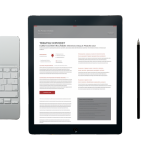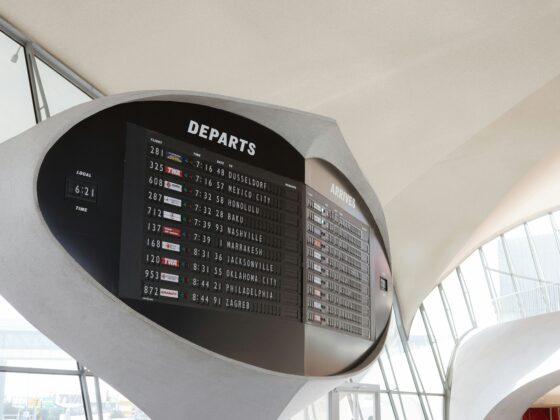
What if you could make pricing decisions without being tied to your desk?
Have you ever needed to adjust your rates urgently—only to realize you weren’t in front of your computer? Maybe you were traveling, off-site, or simply away when an opportunity or threat presented itself. In today’s fast-moving hospitality landscape, where demand shifts rapidly and events unfold in real time, agility isn’t optional—it’s essential. In this article, I’ll show you why modern revenue management must be mobile, reactive, and decentralized.
A market more unpredictable than ever
Today’s hotel market is volatile. Booking windows are shrinking, local events (concerts, protests, festivals, even weather) can create sudden spikes or drops in demand, and social media can trigger unexpected exposure overnight. The old model—adjusting your rates once a week—just doesn’t cut it anymore. You need the ability to respond immediately and intelligently.
Let me give you a clear example: imagine a surprise announcement for a major concert just steps from your hotel. Within hours, demand surges. Without the right tools, you risk selling your last rooms at base rates when you could be charging premium prices. You don’t want someone snapping up the “concert night room” at $169 when it could easily go for $600 that evening.
What agile revenue management really means
Agile pricing is the ability to make fast, smart decisions—no matter where you are. It’s built on four key principles:
- Real-time reactivity: Make pricing or restriction changes the moment something happens.
- Decentralized control: Let the people closest to the action respond directly.
- Data at your fingertips: Access key insights without Excel files or static dashboards.
- Continuous optimization: Don’t wait for weekly strategy meetings to make a move.
Making decisions on the fly: why mobile is a game changer
One of the most powerful enablers of agility is mobile access. Being able to update a rate from your phone—in a train, an airport, or your living room—changes everything. You can:
- Instantly close a date as soon as a big event is announced nearby.
- Increase rates on a premium room type when only a few are left.
- Add or remove restrictions based on last-minute strategy shifts.
Here’s a concrete example: a protest is suddenly announced that affects your hotel zone. You can immediately pause sales for a room category—or the entire property—within seconds.
Another real-world use case: you’re in the subway, in your car, or just waking up, and an alert notifies you of a demand surge. There’s no need to wait until you’re at your desk. In a few taps, you take control and capture the revenue opportunity.
Managing with the right data—wherever you are
To make informed decisions, it’s not enough to have access to rate controls—you need the right KPIs available anytime:
- Pacing: how current occupancy compares to last year.
- Pickup: how many rooms were booked in the past 1, 7, or 30 days.
- Core performance indicators: occupancy rate, ADR (average daily rate), RevPAR, total revenue.
This data needs to be accessible instantly—via mobile apps or responsive dashboards—so you can quickly spot trends and adjust your strategy accordingly.
Extending agility beyond the revenue manager
Agility shouldn’t depend on one person. Your GM, sales manager, asset manager, or even an external consultant can all benefit from real-time visibility. Why? Because decision-making is no longer confined to weekly meetings. It’s constant, distributed, and often collaborative. A GM can spot a need for upgrades. A salesperson can revise a group offer. A consultant can flag an emerging opportunity.
Conclusion – Agility is the new standard
Agility isn’t a trend—it’s redefining what it means to be a modern revenue manager. You’re no longer confined to an office. You’re the orchestrator of a dynamic, responsive pricing strategy that adapts in real time. And the payoff? It can be significant: optimal pricing strategies can increase profit by 15–30% annually (Source).
Getting there means rethinking your approach. Make agility part of your daily mindset. Use tools that empower you, not restrict you. And most importantly—stay proactive. In a market that moves fast, the winners are those who move faster.









